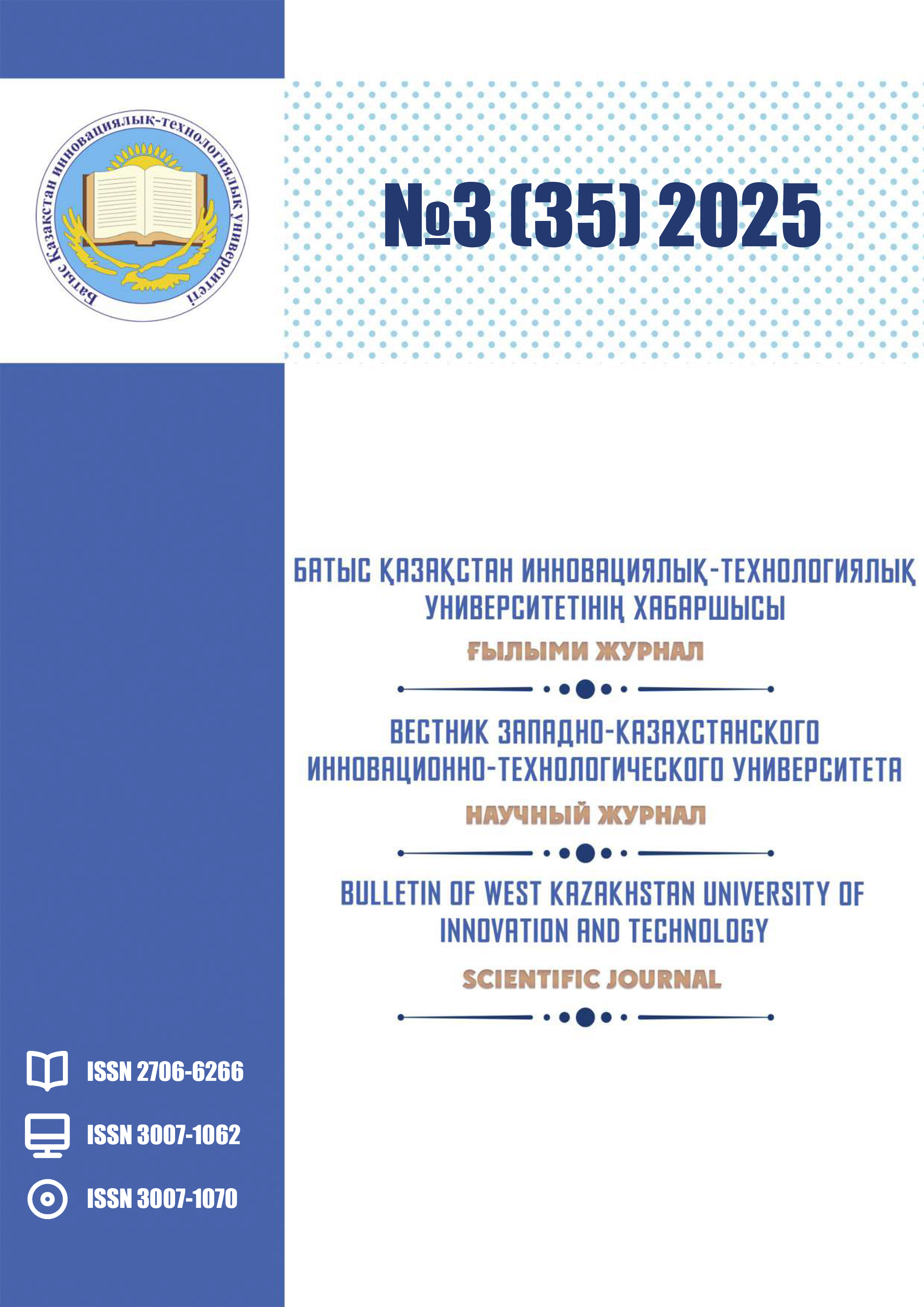HISTORICAL GEOGRAPHY OF THE KAZAKH STATE AND THE TURKIC COUNTRIES OF THE XV-XIX CENTURIES: INFORMATION ABOUT THE CRAFT OF THE YOUNG GENGHIS KHAN IN THE PRE-IMPERIAL PERIOD IN THE WESTERN HISTORICAL CARTOGRAPHY OF 1569.
DOI:
https://doi.org/10.62724/202530105Keywords:
Historical geography; historical cartography of the Kazakh State and Turkic polities; Genghis Khan; profession; Gerardus Mercator; William of Rubruck; Western cartography; Latin sources, urbanization of the Kazakh State; previously unknown medieval cities of the Kazakh State.Abstract
This article examines the representation of the Kazakh State on sixteenth-century European historical maps, drawing on the author’s long-term research in the historical cartography and historical geography of the Kazakh State and Turkic polities from the ninth to the nineteenth centuries. Through the analysis and translation of map cartouches and textual panels, the study introduces new evidence on the emergence and transmission in Western Europe of the notion of Genghis Khan’s “peaceful craft” prior to his conquests—above all the motif of blacksmithing. In doing so, it brings into scholarly circulation valuable data concerning Genghis Khan’s possible trade and profession in his pre-imperial, youthful period.
A comparison with the Mongolian Secret History of the Mongols - which contains no explicit reference to blacksmithing—does not undermine the credibility of the Western European tradition. On the contrary, Latin, French, and Eastern Christian testimonies of the thirteenth to sixteenth centuries, as preserved in cartographic monuments (e.g., the inscriptions on Mercator’s 1569 world map), record significant information about the young Genghis Khan’s profession. This allows the “blacksmith” motif to be treated not as a casual legend but as a reflection of Genghis Khan’s real social status within a Turkic milieu. Consequently, the Western cartographic tradition emerges as a key channel for transmitting these data in the Early Modern period, with its roots traceable to the thirteenth-century Franciscan missionary tradition where this fact was first recorded.
The analysis relies on the Latin legends of Gerardus Mercator’s world map (1569), which refer to Genghis as a “Mongol blacksmith,” and on the Latin text of Friar William of Rubruck’s Itinerarium (1253–1255), in which he is designated faber (“artisan/blacksmith”). Juxtaposition with the Secret History of the Mongols confirms the absence in early Mongolian narratives of an explicit statement about Genghis Khan’s professional blacksmithing, which - within the present framework supports interpreting the Western “blacksmith” motif as substantive evidence. The article concludes that the dissemination of this motif in the Early Modern era followed a cartographic channel and that its origins lie in the thirteenth-century Franciscan tradition.

